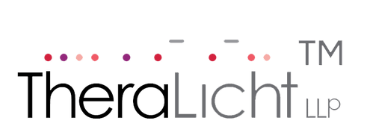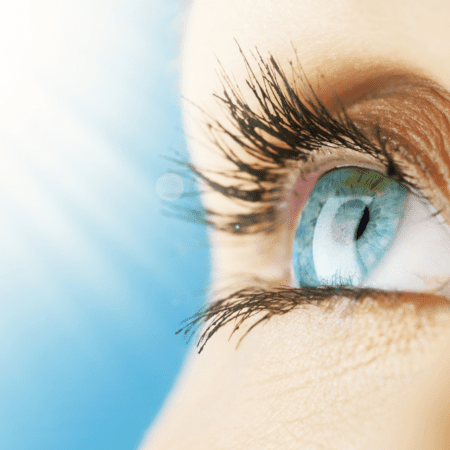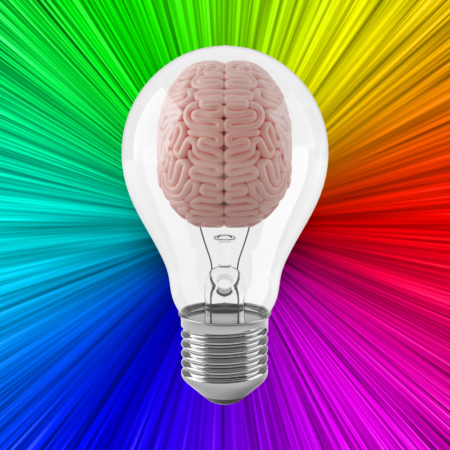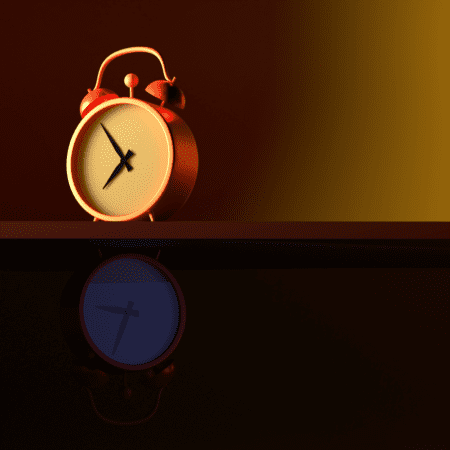
In the realm of lighting design, achieving a perfect balance between brilliance and efficiency is paramount. This delicate equilibrium is quantified through metrics like Luminous Efficacy, a cornerstone in modern illumination engineering. In this article, we unravel the intricacies of Luminous Efficacy and delve into the world of Efficiency Metrics, shedding light on how these factors shape the future of lighting design.
The Brilliance Quotient: Luminous Efficacy Explained
Defining Luminous Efficacy
At its essence, Luminous Efficacy measures the efficiency with which a light source transforms electrical energy into visible light. It is expressed in lumens per watt (lm/W), signifying the lumens produced for each watt of power consumed.
Key to Sustainable Lighting
A high Luminous Efficacy signifies a light source that maximizes output while minimizing energy consumption. This not only reduces electricity costs but also contributes to a more sustainable and environmentally-conscious approach to lighting.
Comparing Light Sources
Different light sources exhibit varying Luminous Efficacy values. For instance, traditional incandescent bulbs have a lower efficacy compared to energy-efficient LEDs. This stark contrast in efficiency is a driving force behind the shift towards LED technology.
Efficiency Metrics: Beyond Lumens per Watt
Color Temperature and Efficiency
Efficiency isn’t solely about lumens; it encompasses the quality of light as well. Color temperature, measured in Kelvin, plays a crucial role. Balancing the desired color appearance with high efficiency is an art form in lighting design.
Fixture Design and Distribution Efficiency
Optimizing the design of fixtures is paramount. Proper reflectors, diffusers, and lenses can significantly enhance the distribution of light, ensuring that it reaches the intended areas efficiently and effectively.
Evaluating System Efficiency
A holistic approach to lighting design involves considering the entire system’s efficiency, including drivers, controls, and wiring. These components play a vital role in maintaining high efficacy levels.
Beyond the Numbers: Practical Applications
Task Lighting Efficiency
In spaces where precise visibility is crucial, such as offices, workshops, or kitchens, luminaires with high Luminous Efficacy ensure that tasks are performed with precision and accuracy.
Architectural Lighting: Balancing Aesthetics and Efficiency
Efficient architectural lighting merges functionality with aesthetics. Utilizing high-efficacy fixtures can sculpt spaces, emphasizing key elements while conserving energy.
Sustainability in Lighting Design
Designers are increasingly incorporating high-efficacy lighting into sustainable projects. By leveraging technology and smart design, buildings can significantly reduce their environmental footprint.
The Future is Bright: Innovations on the Horizon
With technology advancing at a rapid pace, the future of lighting design looks promising. Innovations in LED technology, coupled with sophisticated controls and automation, are poised to elevate luminous efficacy to new heights.
In conclusion, Luminous Efficacy and Efficiency Metrics are at the heart of modern lighting design. By understanding and leveraging these metrics, designers can create environments that are not only visually stunning but also energy-efficient and sustainable. As we move forward, the pursuit of brilliance with efficiency will continue to illuminate our spaces and shape the way we experience the world.



